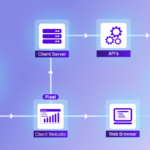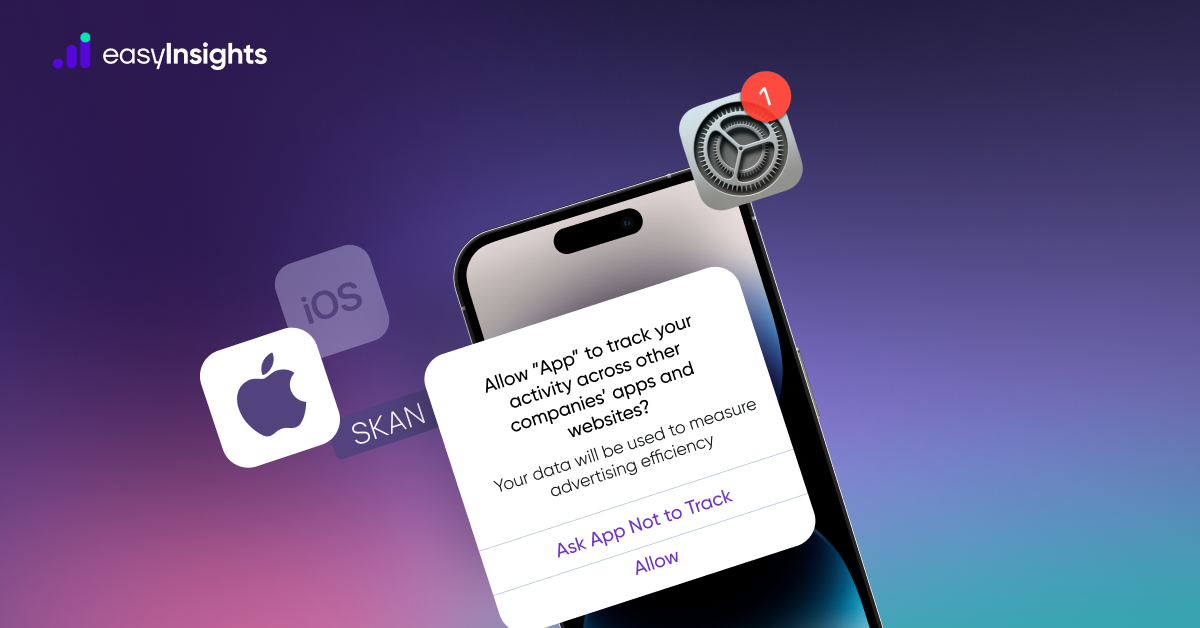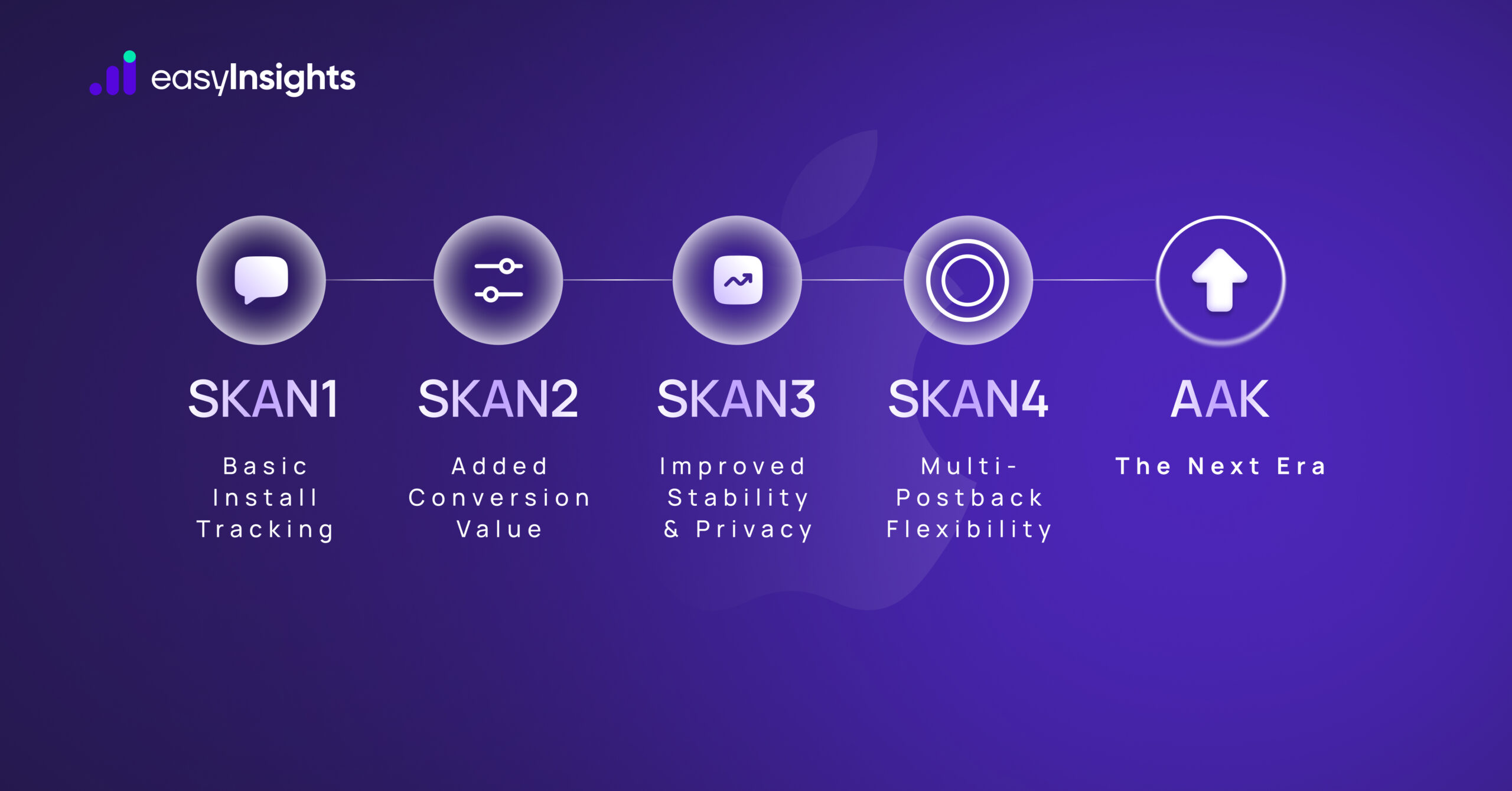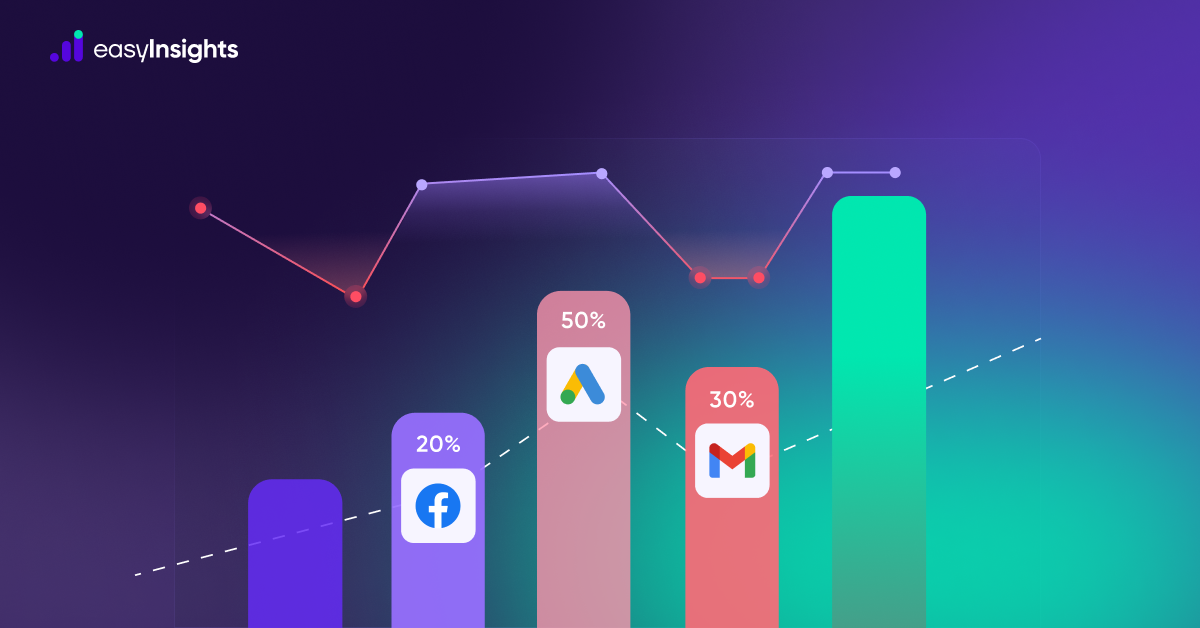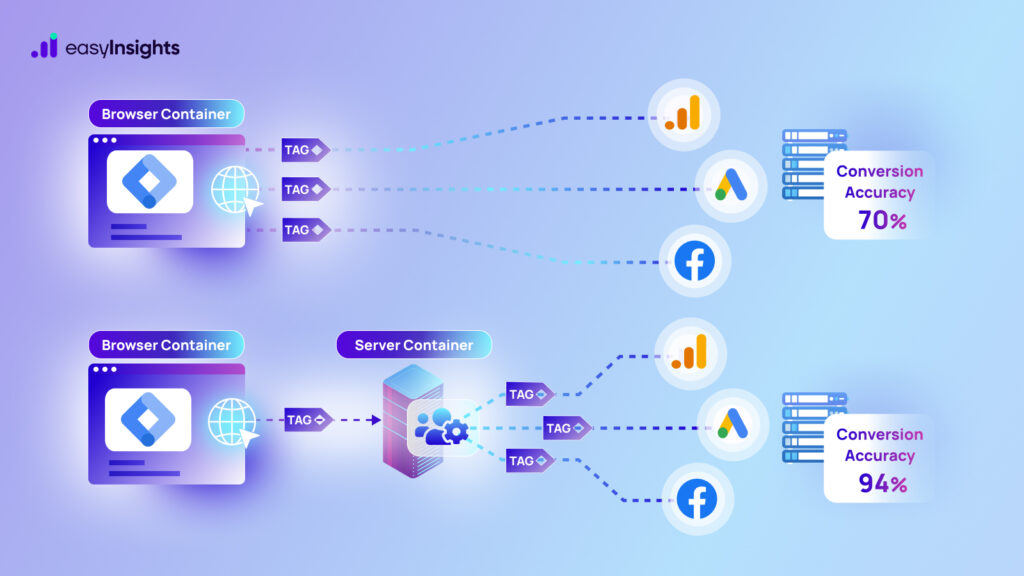
Monitoring how users interact with your website is now a cornerstone of a digital brand’s success. From understanding what your visitors are doing to tailoring better experiences, tracking data is crucial for making smarter decisions. But as browsers tighten privacy controls and third-party cookies head toward extinction, many brands are hitting a wall with their existing tracking setups. That’s where server-side tracking steps in.
Unlike the traditional client-side approach, where data is gathered through the user’s browser, server-side tracking collects and transmits data directly from your server to analytics tools. This results in cleaner, more secure data that’s far less affected by browser limitations or privacy updates.
In this article, we’ll walk you through how tracking has evolved, compare client-side vs. server-side methods, explore why server-side is gaining traction, and share tips on getting started.
Let’s dive into why making the switch to server-side tracking isn’t just smart, it’s essential for the future of data-driven marketing.
Jump ahead to:
What Is Server-Side Tracking
Server-side tracking is a method of collecting user data through your website’s server instead of directly from the user’s browser. When a user takes an action, like making a purchase or submitting a form, the data is first sent to your server, which then forwards it to platforms like Google Analytics, Facebook, or your CRM. This approach offers better control, improved data accuracy, and is less affected by browser restrictions or ad blockers. It’s especially useful for tracking key events, such as conversions or logins, ensuring your data remains reliable and privacy-compliant.
Why Server-Side Tracking Matters
In a privacy-first digital era, server-side tracking has become crucial for brands seeking to safeguard user data and ensure accurate tracking. Unlike traditional methods that expose data to the browser, server-side tracking processes everything on the backend minimizing the risk of leaks, tampering, or unauthorised access. This makes it easier to stay compliant with strict data protection laws like GDPR and CCPA.
Beyond compliance, server-side tracking also improves data integrity. By bypassing ad blockers and browser restrictions, it ensures that more of your events are accurately captured, leading to better marketing decisions and a reduced likelihood of ad fraud. For brands focused on clean, reliable data and user trust, server-side tracking isn’t just a nice-to-have; it’s a must.
What is GTM Server-Side Tagging?
Google Tag Manager (GTM) Server-Side Tagging is a modern solution that allows businesses to shift tag execution from the browser to a secure server environment. Instead of firing marketing tags like Facebook Pixel or Google Analytics directly in the user’s browser (client-side), GTM server-side processes and forwards that data through a server you control.
This shift offers major benefits: stronger data privacy, enhanced security, and reduced data loss from ad blockers or browser restrictions. With fewer third-party scripts running on the front end, websites also enjoy faster load times and an overall better user experience. In the age of privacy-first marketing, GTM server-side tagging helps brands gain cleaner, more compliant data for their analytics and advertising platforms.
Types of Server-to-Server Tracking via Google Tag Manager (GTM)
As privacy regulations tighten and client-side data becomes increasingly unreliable due to ad blockers and browser restrictions, marketers are turning toward server-to-server (S2S) tracking for more accurate and compliant data collection. Here are the two key types of S2S tracking you can implement using Google Tag Manager (GTM):
1. Hybrid Server-to-Server Tagging (Web + Server-Side GTM)
This is the most widely used method in today’s digital tracking landscape. It blends client-side data collection with server-side processing to deliver a more resilient and flexible solution.
How It Works:
- You set up two GTM containers: one on the web (browser) and another on the server.
- The server container is hosted either on Google Cloud Platform (GCP) or via third-party providers.
- You’ll also need a custom subdomain (e.g., track.yoursite.com) for improved cookie handling and browser compatibility.
- Web-to-server communication is typically handled using GA4 server-side events or Data Tag.
Key Advantages:
- Enhanced tracking accuracy by offloading tag execution from the browser to the server.
- Reduced client-side latency and faster page load times.
- Greater control over what data is shared with third-party platforms like Facebook, Google Ads, etc.
2. Server-to-Server (S2S) Tracking
Pure server-to-server tracking takes things a step further, completely removing the browser from the tracking process. Instead of relying on user interactions on the website, data is sent directly from one backend system to another.
How It Works:
- No scripts or pixels are run in the user’s browser.
- All data is transmitted via API calls, webhooks, or backend integrations from CRMs, CMSs, or ecommerce platforms to the server GTM container.
- The server container processes the data and pushes it to platforms like Google Analytics, Meta Ads, or other attribution systems.
Challenges:
- Requires advanced technical setup and close coordination between the dev and marketing teams.
- Debugging is harder due to the lack of a user interface or browser-side tools.
Benefits of Server-to-Server (S2S) Tracking
Pure S2S tracking has become a gold standard for marketers who prioritize data integrity, user privacy, and precise performance measurement. Unlike traditional browser-based tracking, it eliminates client-side dependencies, leading to stronger and more resilient data pipelines. Here’s why more brands are adopting this server-first approach:
- Unmatched Tracking Reliability
Server-to-server tracking ensures your data doesn’t break due to browser updates, cookie deprecation, or ad blockers. By removing the browser from the equation, you get consistent tracking results even when JavaScript is disabled or cookie banners are ignored. - Offline Event Integration Made Easy
Using webhooks, S2S tracking allows you to send data directly from your CRM, POS, or call centre systems to platforms like Google Analytics or Meta Ads. This means you can attribute offline sales, phone orders, or customer service conversions alongside your online events, something browser-based tracking simply can’t do. - More Accurate Conversion Attribution
Because S2S tracking uses structured backend events, it carries more complete and unified customer data, including UTM parameters, transaction IDs, email hashes, or phone numbers. This gives ad platforms like Google Ads or Facebook Ads better signals for event matching and attribution modelling, boosting your ROAS. - Enhanced Data Security & Compliance
With all tracking managed in your server environment, your data pipeline becomes significantly more secure. You control what data is collected, stored, and shared, making it easier to meet privacy regulations like GDPR, CCPA, and other global standards. - Invisible to Ad Blockers
Since no tracking scripts run on the front-end, S2S setups are virtually invisible to ad blockers.
Also Read: How to use server-side tracking for better conversion tracking
Using Third-Party Tools for Server-Side Tracking
Setting up server-side tracking from scratch can be time-consuming and may require deep technical expertise. That’s where third-party tools come in.
Brands can leverage platforms like EasyInsights to implement server-side tracking quickly and efficiently – without relying heavily on internal development resources.
These tools typically offer:
Pre-built integrations with ad platforms like Meta (CAPI), Google Ads (Enhanced Conversions), and analytics tools like GA4.
- Data transformation and enrichment capabilities to clean and organize events before sending them to platforms.
- Real-time monitoring and error tracking to ensure data reliability.
- Consent management integrations to stay compliant with data privacy laws like GDPR and CCPA.
Whether you’re a fast-scaling startup or a large enterprise, using these tools can save time, reduce complexity, and improve your campaign performance by ensuring more accurate and complete data flows into your advertising platforms.
Conclusion
As data privacy regulations tighten and third-party cookies fade away, traditional client-side tracking is no longer enough. To maintain accurate attribution, protect user data, and stay ahead in a privacy-first world, server-side tracking is the way forward. From improved data reliability to better control over what’s being tracked and shared, the benefits are too significant to ignore.
This is where EasyInsights steps in. EasyInsights simplifies the complex process of implementing server-side tracking by offering a plug-and-play infrastructure that works seamlessly with platforms like Google Analytics, Meta Conversions API, LinkedIn, and more. It ensures your marketing and analytics data stays intact, accurate, and compliant.
To Know More Book a demo Today!
Additional Read – How to use server side tracking for better conversion tracking



